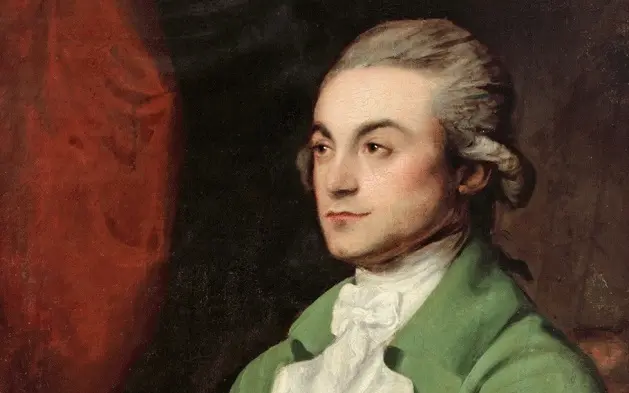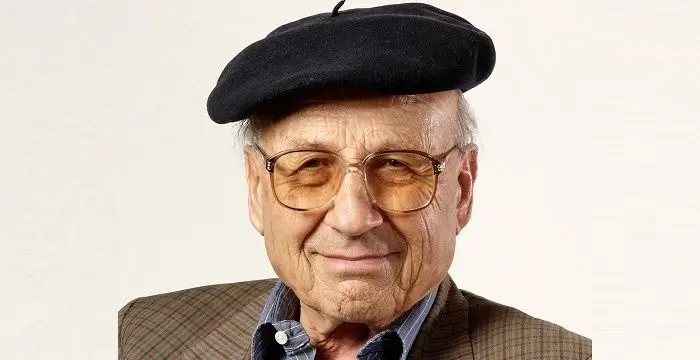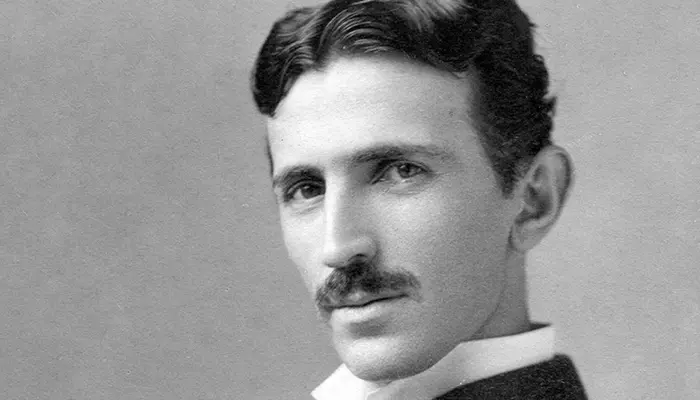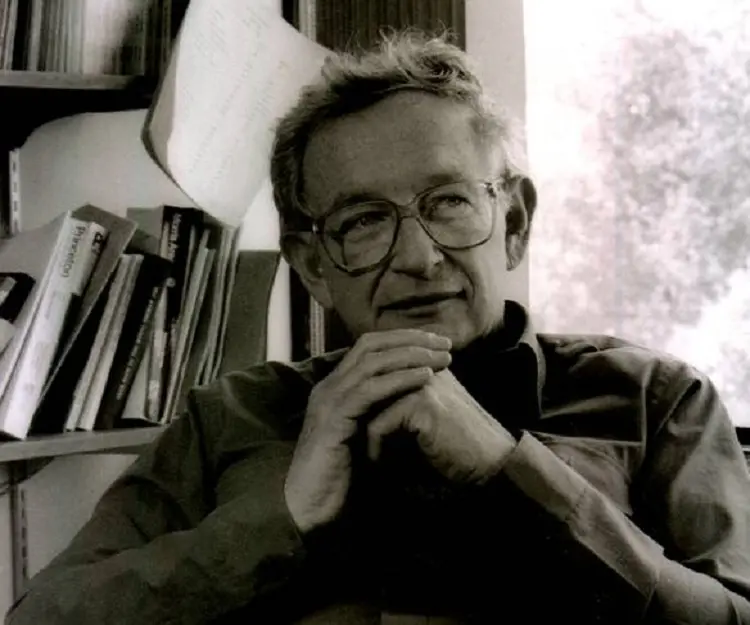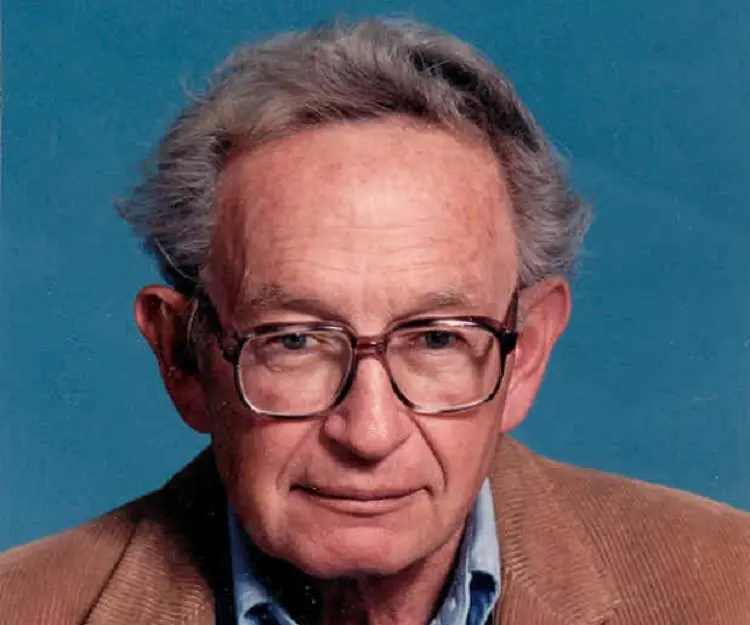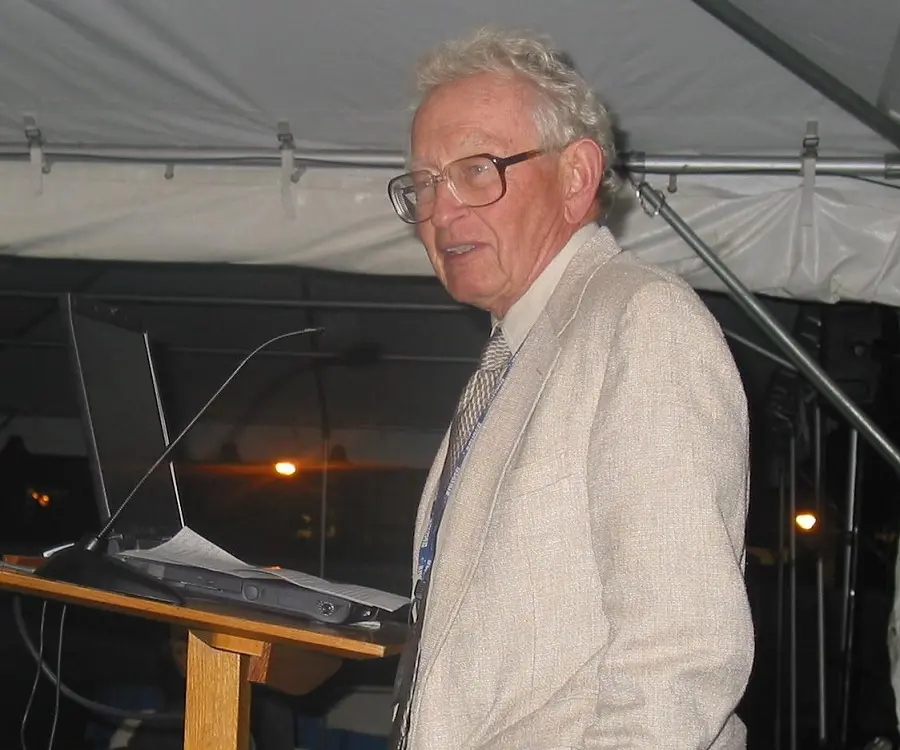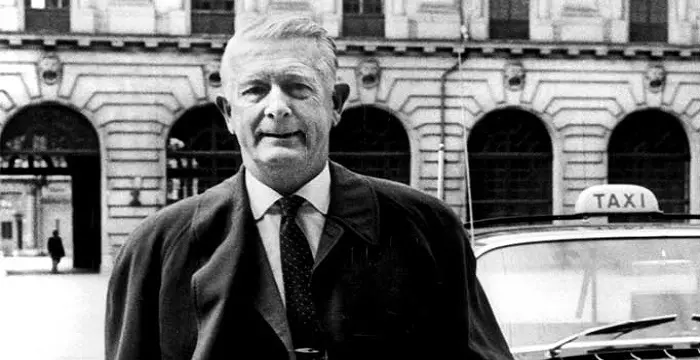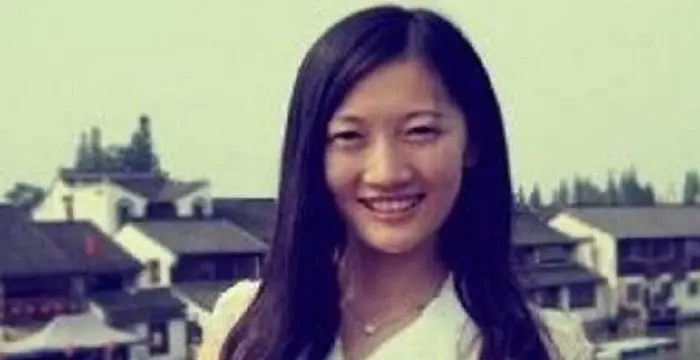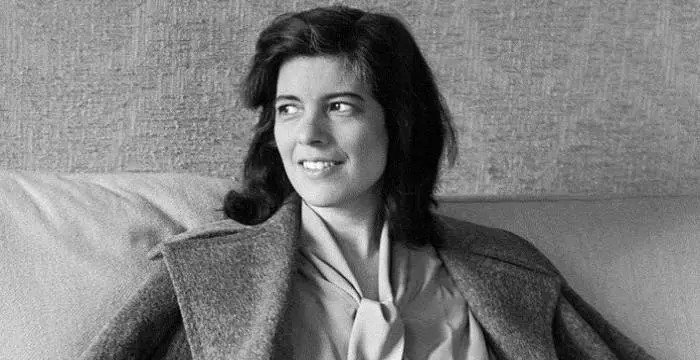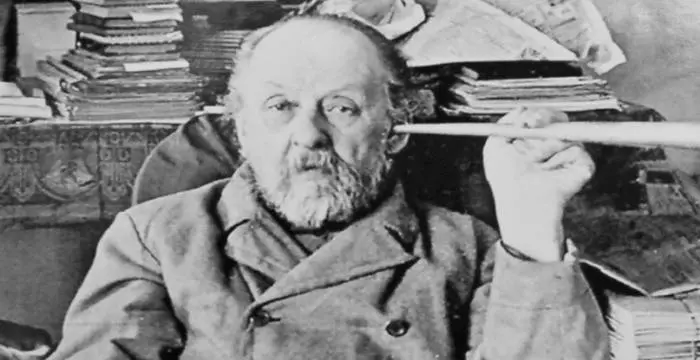
Philip Warren Anderson - Physicists, Birthday and Childhood
Philip Warren Anderson's Personal Details
Philip Warren Anderson is an American physicist and one of the recipients of the 1977 Nobel Prize for Physics
| Information | Detail |
|---|---|
| Birthday | December 13, 1923 |
| Nationality | American |
| Famous | Harvard University, Scientists, Physicists |
| Known as | P. Anderson |
| Universities |
|
| Notable Alumnis |
|
| Birth Place | Indianapolis |
| Gender | Male |
| Sun Sign | Sagittarius |
| Born in | Indianapolis |
| Famous as | Physicist |
// Famous Physicists
Henry Cavendish
Henry Cavendish was a theoretical chemist and physicist, renowned for discovery of hydrogen and calculation of the mass of earth. To know more about his childhood, profile, timeline and career read on
Walter Kohn
Nobel Laureate Walter Kohn was an Austrian-born American theoretical chemist and physicist. Check out this biography to know about his childhood, life, achievements, works & timeline.
Nikola Tesla
Nikola Tesla was a Serbian-American inventor, best known for his development of alternating current electrical systems. This biography of Nikola Tesla provides detailed information about his childhood, life, achievements, works & timeline.
Philip Warren Anderson's photo
Who is Philip Warren Anderson?
Philip Warren Anderson is an American physicist and one of the joint winners, with John H. Van Vleck and Sir Nevill F. Mott, of the 1977 Nobel Prize for Physics. He grew up in Urbana, Illinois, where his father was a professor of plant pathology at the University of Illinois. Philip Anderson showed a distinct inclination towards mathematics while he was a student at University Laboratory High School. After graduating from high school, he won the full-support National Scholarship and took admission in the prestigious Harvard University. He had to discontinue his course at Harvard University in order to work for the Naval Research Laboratory at the height of the Second World War; however he returned to education at the end of the war and completed his education, eventually earning a doctorate. His career as a professional was primarily spent at Bell Laboratories, for whom he worked for more than three decades and where he developed Anderson localisation and invented the Anderson Hamiltonian. His most important work was on the electronic structure of magnetic and disordered systems for which he won the Nobel Prize. Anderson is without doubt one of the most important scientists of his generation.
// Famous Harvard University
Bertil Gotthard Ohlin
Bertil Gotthard Ohlin was a famous Swedish economist. This biography profiles his childhood, family life & achievements.
Xi Mingze
Xi Mingze is the daughter of Chinese Leader Xi Jinping, Check out this biography to know about her birthday, childhood, family life, achievements and fun facts about her.
Susan Sontag
Susan Sontag is an American critical essayist, cultural analyst, novelist, political activist, filmmaker and playwright of international repute. Read on to find out more about her childhood, career, profile and timeline.
Childhood & Early Life
Philip Warren Anderson was born on 13 December 1923, in Indianapolis, United States, to Harry Warren Anderson and his wife. His father was employed as a professor of plant pathology at the University of Illinois in Urbana.
Philip grew up in Urbana, Illinois and studied at the well known University Laboratory High School. During his school years, he also spent some time in Europe and England when his father took a sabbatical. He graduated from the University Laboratory High School in 1940. During his school days, he developed a special affinity towards mathematics.
After graduating from high school, he was among the selected few students who were sent to Harvard on full-support National Scholarship. At Harvard, he concentrated more on Electronic Physics since it could be beneficial towards the war effort. He also had a stint at the U.S. Naval Research Laboratory from 1943 to 1945, where he built antennas.
Career
In 1945, he entered into the post graduate programme at Harvard University and four years later, he was awarded his doctorate by the university. During his post graduate studies at Harvard University, he studied under the guidance of the celebrated American physicist John Hashbrouk Van Vleck.
In 1949, he started working for Bell Telephone Laboratories located in Murray Hill in New Jersey and continued to work for the organisation for 35 years. During his long tenure at the organisation, he was involved in research in the subject of condensed matter physics and some of his most well known discoveries were that of Anderson localisation and Anderson Hamiltonian.
In 1963, he was made a Fellow of the American Academy of Arts and Sciences due to his scientific achievements and four years later, he was appointed as a professor at Cambridge University in UK. He taught theoretical physics at the university for eight years and throughout his tenure he continued to work on Theory of Condensed Matter with fellow researchers at Cambridge.
In 1975, he was made a professor at Princeton University and two years later he shared the Nobel Prize in Physics with John van Vleck and Sir Nevill Francis Mott for the joint research that they did on the electronic structure of magnetic and disordered systems. In the meantime, he continued to work at Princeton University and Bell Telephone Laboratories.
During his career as a scientist, he worked on and wrote on a wide variety of subjects. Some of his most notable works include ‘Concept of Solids’, ‘Theory of Superconductivity in the High-Tc Cuprates’ and ‘Basic Notions of Condensed Physics’. Currently, he is a member of the board of advisors of Scientists and Engineers for America, an organization that promotes of sound science in American government.
Major Works
Philip Warren Anderson did path-breaking work research on semiconductors, superconductivity, and magnetism. He developed Anderson localization—which refers to the absence of diffusion of waves in a disordered medium—and invented Anderson Hamiltonian.
Awards & Achievements
Philip Warren Anderson won the Oliver E. Buckley Condensed Matter Prize, in 1964.
He shared the 1977 Nobel Prize in Physics with Sir Nevill Francis Mott and John Hasbrouck van Vleck. The award was given to them "for their fundamental theoretical investigations of the electronic structure of magnetic and disordered systems".
He was made a Fellow of the Royal Society in 1980.
In 1982, he was honored with the National Medal of Science.
Personal Life & Legacy
He married Joyce Gothwaite, a painter, in 1947. The couple has a daughter named Susan.
// Famous Scientists
Juliane Koepcke
Juliane Koepcke is a German-Peruvian biologist, who was the lone survivor among the 92 passengers and crew of the ill-fated LANSA Flight 508 that crashed in the Peruvian rainforest on 24 December 1971. Know more about her life in this biography.
Henry Cavendish
Henry Cavendish was a theoretical chemist and physicist, renowned for discovery of hydrogen and calculation of the mass of earth. To know more about his childhood, profile, timeline and career read on
Konstantin Tsiolkovsky
Konstantin Tsiolkovsky was a Russian rocket scientist and a pioneer of astronautics. This biography provides detailed information about his childhood, family, personal life, career, achievements, etc.
Philip Warren Anderson's awards
| Year | Name | Award |
|---|---|---|
Other | ||
| 0 | 1977 - Nobel Prize in Physics | |
| 0 | 1983 - National Medal of Science for Physical Science | |
| 0 | 1964 - Oliver E. Buckley Condensed Matter Prize | |
Philip Warren Anderson biography timelines
- // 13th Dec 1923Philip Warren Anderson was born on 13 December 1923, in Indianapolis, United States, to Harry Warren Anderson and his wife. His father was employed as a professor of plant pathology at the University of Illinois in Urbana.
- // 1940Philip grew up in Urbana, Illinois and studied at the well known University Laboratory High School. During his school years, he also spent some time in Europe and England when his father took a sabbatical. He graduated from the University Laboratory High School in 1940. During his school days, he developed a special affinity towards mathematics.
- // 1943 To 1945After graduating from high school, he was among the selected few students who were sent to Harvard on full-support National Scholarship. At Harvard, he concentrated more on Electronic Physics since it could be beneficial towards the war effort. He also had a stint at the U.S. Naval Research Laboratory from 1943 to 1945, where he built antennas.
- // 1945In 1945, he entered into the post graduate programme at Harvard University and four years later, he was awarded his doctorate by the university. During his post graduate studies at Harvard University, he studied under the guidance of the celebrated American physicist John Hashbrouk Van Vleck.
- // 1947He married Joyce Gothwaite, a painter, in 1947. The couple has a daughter named Susan.
- // 1949In 1949, he started working for Bell Telephone Laboratories located in Murray Hill in New Jersey and continued to work for the organisation for 35 years. During his long tenure at the organisation, he was involved in research in the subject of condensed matter physics and some of his most well known discoveries were that of Anderson localisation and Anderson Hamiltonian.
- // 1963In 1963, he was made a Fellow of the American Academy of Arts and Sciences due to his scientific achievements and four years later, he was appointed as a professor at Cambridge University in UK. He taught theoretical physics at the university for eight years and throughout his tenure he continued to work on Theory of Condensed Matter with fellow researchers at Cambridge.
- // 1964Philip Warren Anderson won the Oliver E. Buckley Condensed Matter Prize, in 1964.
- // 1975In 1975, he was made a professor at Princeton University and two years later he shared the Nobel Prize in Physics with John van Vleck and Sir Nevill Francis Mott for the joint research that they did on the electronic structure of magnetic and disordered systems. In the meantime, he continued to work at Princeton University and Bell Telephone Laboratories.
- // 1977He shared the 1977 Nobel Prize in Physics with Sir Nevill Francis Mott and John Hasbrouck van Vleck. The award was given to them "for their fundamental theoretical investigations of the electronic structure of magnetic and disordered systems".
- // 1980He was made a Fellow of the Royal Society in 1980.
- // 1982In 1982, he was honored with the National Medal of Science.
// Famous American peoples
Wentworth Miller
Wentworth Miller is an American actor and screenwriter who achieved recognition for his role in the TV series ‘Prison Break’.
Jason Simpson
Jason Simpson is the son of former NFL running back, broadcaster and actor O. J. Simpson. Check out this biography to know about his childhood, family, life, and little known facts about him.
Melissa Brim
Melissa Brim is the ex-girlfriend of former professional boxer Floyd Mayweather Jr. Check out this biography to know about her birthday, childhood, family life, achievements and fun facts about her.
Skai Jackson
Skai Jackson is an American child actress with huge fan following. Find more about her family & personal life, relationships, facts and more.
Joyce Meyer
Joyce Meyer is a Christian author and speaker. This biography provides detailed information about her childhood, life, achievements, works & timeline
Zoe LaVerne
Zoe LaVerne is an American musical.ly star. Check out this biography to know more about her family, personal life, including her age, birthday, etc.
Philip Warren Anderson's FAQ
What is Philip Warren Anderson birthday?
Philip Warren Anderson was born at 1923-12-13
Where is Philip Warren Anderson's birth place?
Philip Warren Anderson was born in Indianapolis
What is Philip Warren Anderson nationalities?
Philip Warren Anderson's nationalities is American
What was Philip Warren Anderson universities?
Philip Warren Anderson studied at Harvard University, Harvard University, University Laboratory High School, United States Naval Research Laboratory
What was Philip Warren Anderson notable alumnis?
Philip Warren Anderson's notable alumnis is Harvard University
What is Philip Warren Anderson's sun sign?
Philip Warren Anderson is Sagittarius
How famous is Philip Warren Anderson?
Philip Warren Anderson is famouse as Physicist
